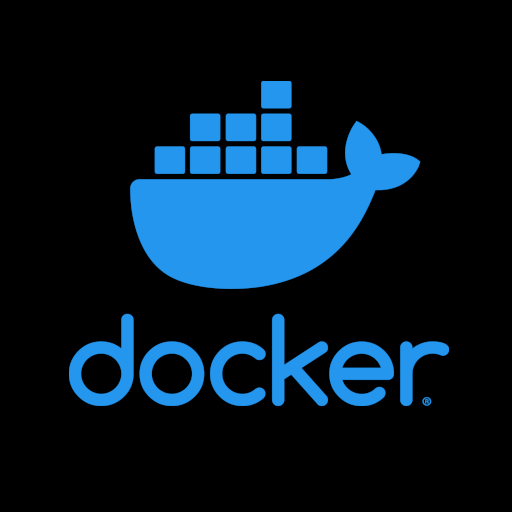

Hay is cut from any sort of cereal plant early in it’s lifecycle, specifically before the plant starts concentrating it’s energy into the seeds. At this stage the plant stalk is sweeter (even to a human - give it a bite). After flowering, the plant is concentrating it’s energy into the seeds. By the time it’s fully done this (which takes a number of weeks), there is very little protein in the stalk, and it’s far less palatable (or nutritious) to animals. The plant stalk is now essentially ‘straw’.
Commercial hay can be mowed from a meadow (in Australia usually ryegrass) in which case it will have all sorts mixed in, or from crops intended for making good hay (in Australia usually oats or wheat). Commercial straw (which has a tiny market) is cut after the grain has been harvested from the top of the plant. In commercial broadacre cropping in poor soil areas (the bulk of Australia’s grain areas) it’s usually better economics to keep your crop residue including straw since the cost to replace the carbon would be higher that what you’d get for the straw after the cost of harvesting it.
Source: I play a lot of Minecraft












Great question (and we are reaching the outside edge of my knowledge here). Something like 3-5% of carbon in plants is taken up from the soil by plant roots. I don’t fully understand the mechanism, but the organic carbon percentage is an important competent in the calculation of how much artificial nitrogen a crop is going to need, so I guess it’s probably some biochemical process for making the nitrogen available.
The organic carbon percentage is closely watched by farmers and is something of an indication of soil health. ie if your crop rotation is reducing the OC% over time then you probably need to reconsider it. It’s one of the reasons burning crop stubbles is a much rarer practice now.